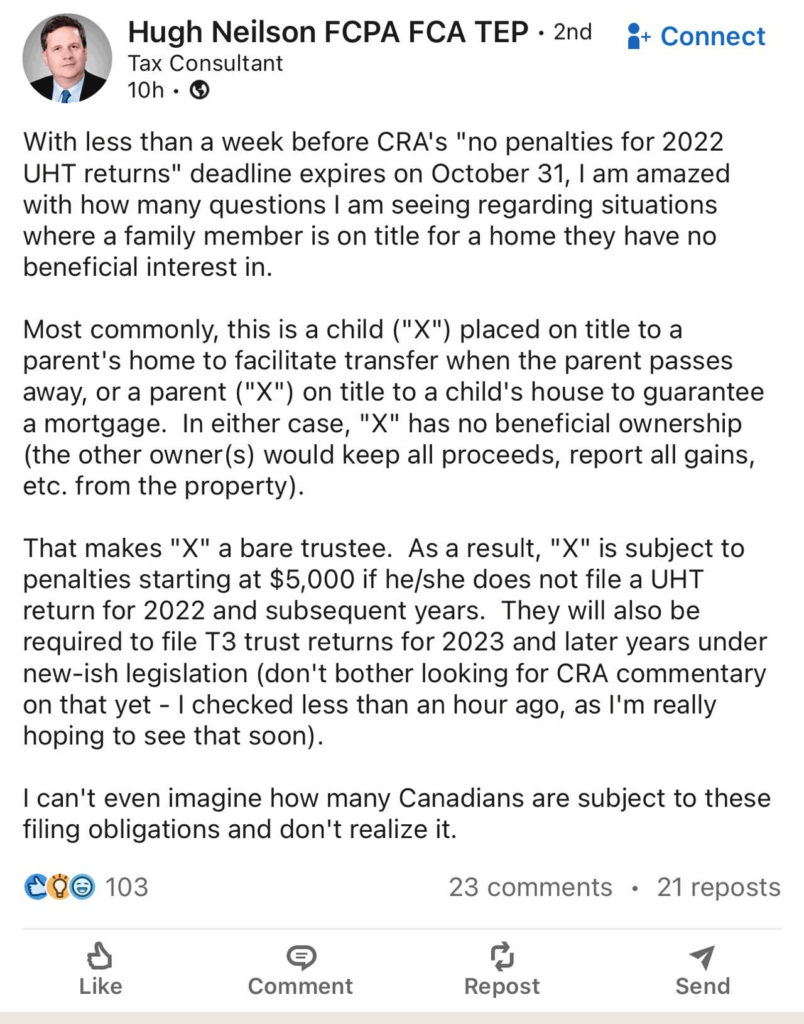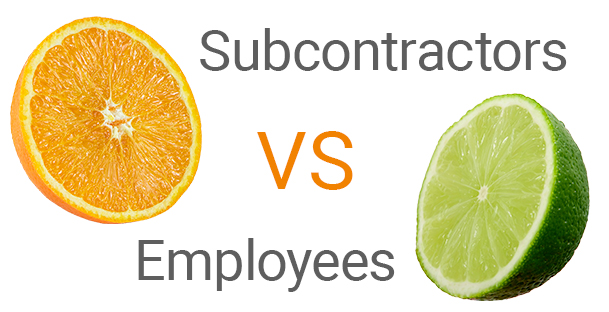June 15th is the tax filing deadline for individuals who have a sole-proprietor business.

A sole proprietorship is a business structure where an individual operates and manages the business as the sole owner. It is the simplest form of business organization and does not require formal registration or incorporation. While preparing the sole-proprietors’ taxes, it deeply worries me that how can these clients come up with the money to pay all the taxes? For instance, a client earned $130,000 in gross business income, after deducting all business expenses; the net income is $90,000.
His tax liability looks like this:
- Personal tax: $16,259
- CPP: $6,999.60
- GST: $4,852.00
Total: $28,111.57, which is 31% of his net earnings or 21.6% of his gross income
In addition, since the GST and personal tax owing are over $3,000 threshold, quarterly installment is also required. On June 15, the total tax liability for him is $38,667.07 that is 42.9% of his net earnings.
How could a small business owner come up with such a huge amount to pay taxes? He also needs to live and support his young family during this high inflation times. Without making the tax payments, late payment interest will be charged, installment interest will also be charged, the hole is just getting bigger and bigger…
How could a sole-proprietor stay above the water? There are several suggestions that I recommend to all sole-proprietors:
Estimate and Set Aside Taxes Regularly: Since sole proprietors are responsible for their own tax payments, it’s essential to estimate and set aside funds for taxes regularly. Calculate your expected tax liability based on your business income, deductions, and applicable tax rates. Set aside a portion of your income in a separate tax savings account to ensure you have sufficient funds when tax payments are due. For example, the above client who makes $130,000 gross income, it’s crucial to put at least 20% of all of his customers’ payments into a separate saving account for tax. Every business is different, some has more expenditures than others, if you are not sure about how much tax to put aside, please contact our office, and we will help you figure it out.
Separate Business and Personal Finances: It’s essential to maintain separate bank accounts and credit cards for business and personal expenses. I cannot emphasize enough how important this is. I have witnessed many business owners who successfully get out of the cashflow problem; their starting point is separating business and personal finances. Setting a personal budget and live with it, do not pull more money from the business bank account. This is the game changer.
Quarterly Tax Installments: If you anticipate owing more than $3,000 Canadian in taxes in the current or following tax year, the CRA requires you to make quarterly tax installments. These installments help you pay your tax liability throughout the year rather than in a lump sum at year-end. Installment interest and penalty will be charged if no installment is paid.
Contact CRA To Setup a Payment Plan: If you are already deep in the hole, please call CRA to set up a payment plan. They normally accept breaking the lump-sum payments into smaller amounts. In any case, do not ignore CRA’s calls, they are usually pretty good if you are still communicating with them.
Consider Incorporating Your Business: If your business is at a level that you have residuals after paying yourself, or you have enough income from other sources where the business is just a side kick, incorporation might be a good option to save tax. The corporation tax rate for active operating income is only 11%, which is much lower than the lowest personal tax rate at 25%. It also allows you to have access to the Life Time Capital Gain Exemption when selling your business. If you are interested or not sure about incorporation, please contact our office for a consultation.
In conclusion
Taxes will become manageable if you start managing it. As a business owner this is not a skill that is good to have; it is a survival skill that you must possess. Luckily, this is learnable and with some practice, you will be good at it. Our team from Streamline Accounting Professional Corporation is on your side to guide you through this process.
If you have any questions, please reach out and book an appointment with our team.



